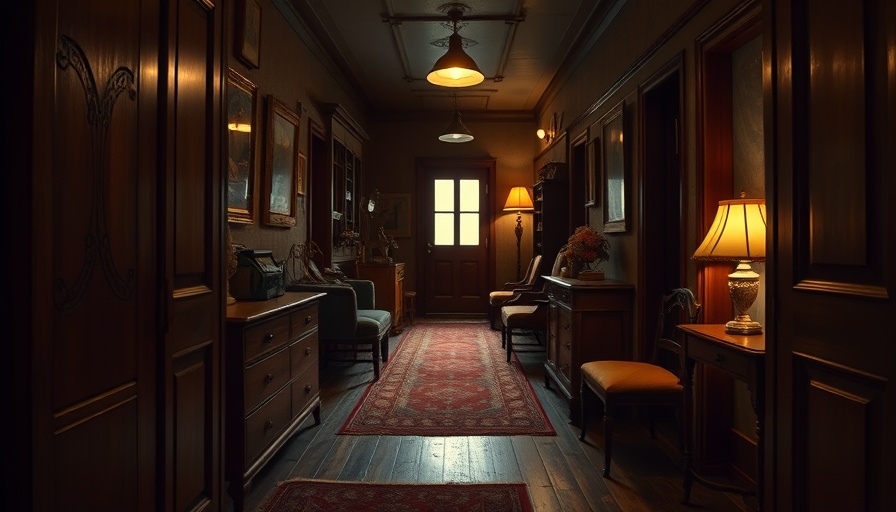
Why Certain Decor Styles Fail to Impress
In a world filled with intricately designed homes, not every trend makes the cut. Homeowners often chase fleeting styles that seem appealing at first, only to discover they fall short in functionality and aesthetics. From overly ornate Victorian interior designs that look more like museums to the overly rustic Tuscan decor now viewed as dated, it’s clear that some approaches simply didn’t stand the test of time. And while individual taste varies, some styles consistently leave a lasting impression of regret.
The Heavy Burden of Victorian Décor
Once synonymous with elegance and prestige, Victorian style can often feel oppressive. Characterized by heavy drapes, lush wallpapers, and excessive decorative pieces, this style has transformed from a status symbol to a symbol of clutter and discomfort. Modern home decor tends to favor simplicity and lightness, making the intricate over-indulgence of Victorian aesthetics seem out of place in today's living spaces.
Tuscan Design: An Overdone Faux Finish
The allure of Tuscan-style interiors began with promises of Old World charm, featuring rich earth tones and elaborate textures. However, excessive ornamentation and faux finishes have resulted in a trend that's not only overwhelming but also visually dated. Like many design styles, moderation is key, and the overly display of Tuscan elements can lead to rooms that feel more stifling than stylish. In contrast, current decor trends are leaning toward understated elegance, taking cues from natural materials to foster a sense of serenity in the home.
The Pitfalls of Shabby Chic
While shabby chic embraces the charm of vintage aesthetics, it can easily devolve into chaos without the right touch. Poorly executed, this style can resemble a disorganized collection of thrift store finds instead of a curated haven. Homeowners embracing shabby chic must possess a keen design eye to avoid the common pitfalls of clutter and disorder. Instead, the focus has shifted toward personal expression and cohesive design, blending old and new pieces thoughtfully.
Reflecting on Early 2000s Minimalism
Minimalism in the early 2000s showcased stark spaces stripped of character, typically characterized by cold, white walls and sterile furnishings. The result was lifeless interiors that lacked warmth and comfort. Modern minimalism is evolving; it emphasizes warm minimalist principles, seeking comfort through texture, warmth, and color, thus shifting away from the overly clinical feel while still celebrating simplicity.
Conclusion: What We Can Learn from Outdated Trends
Homeowners today are more selective about the trends they adopt. As past styles fade into the background, it serves as a reminder that home should be a reflection of personal taste blended with timelessness and functionality. The value of a home lies not only in its aesthetics but in how these aesthetics resonate with those who inhabit it.
If you are looking to remodel or upgrade your space, take heed of what has fallen out of favor. Focus on blending styles that feel true to you while ensuring they contribute positively to your living environment.
 Add Row
Add Row  Add
Add 




Write A Comment